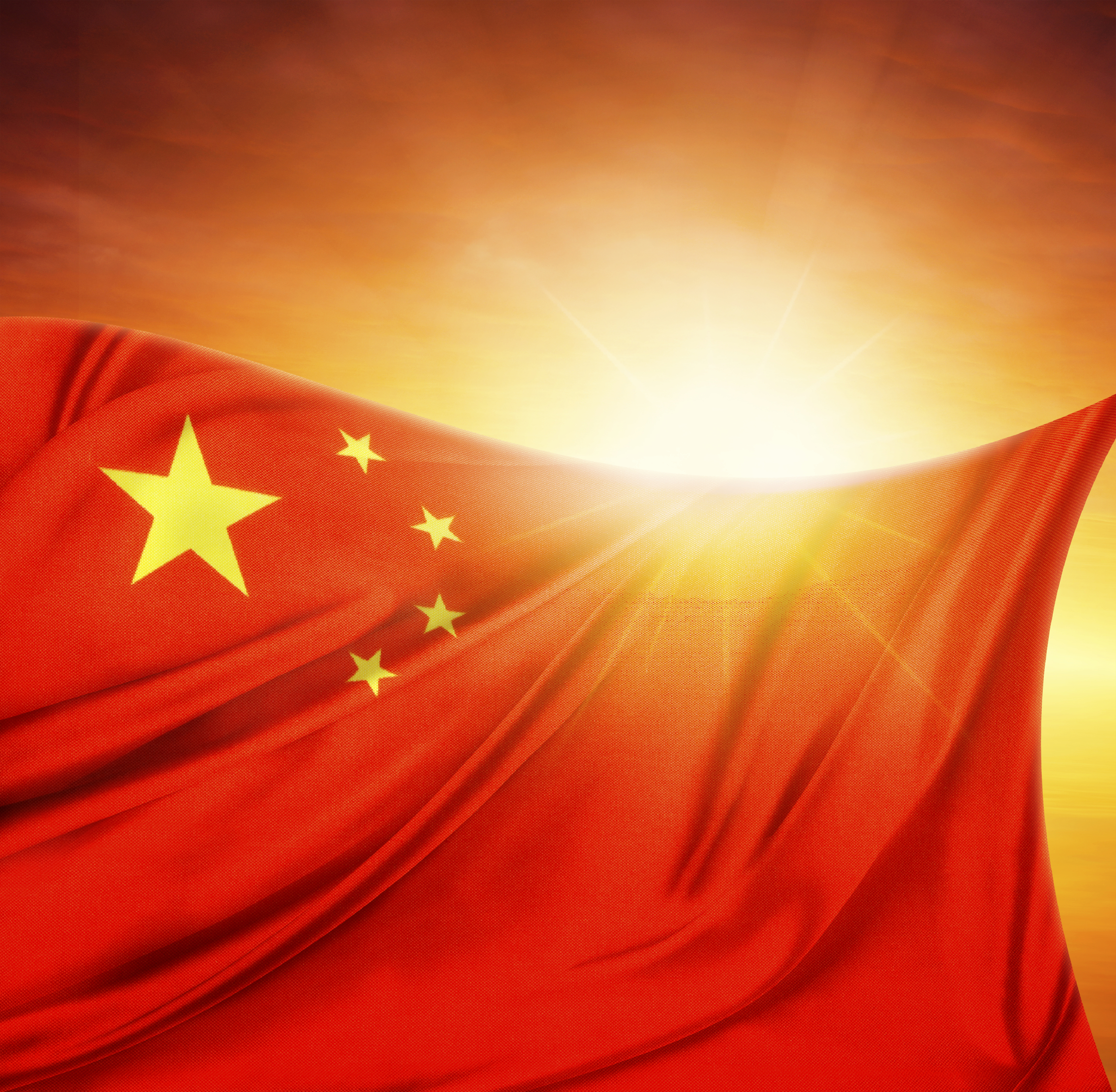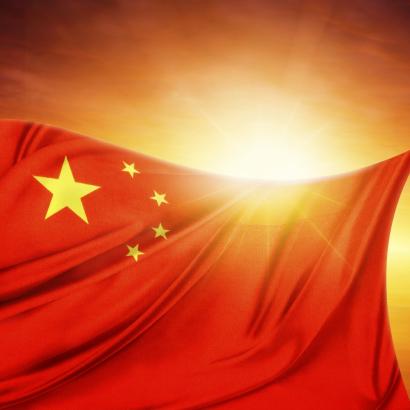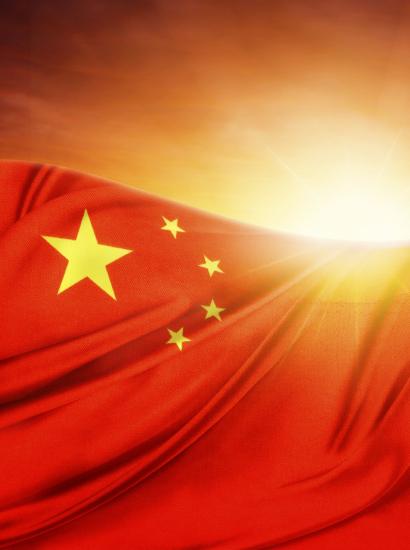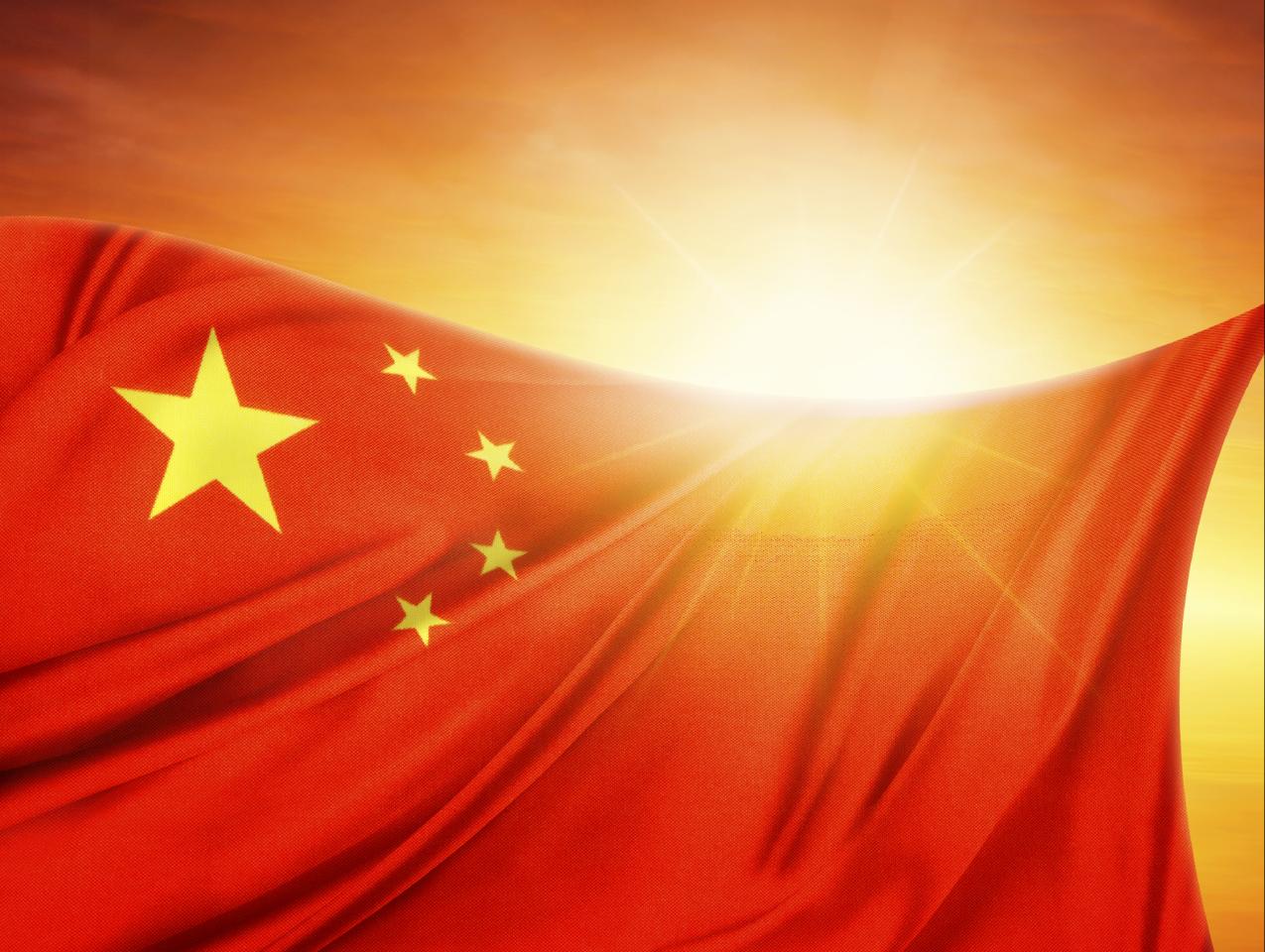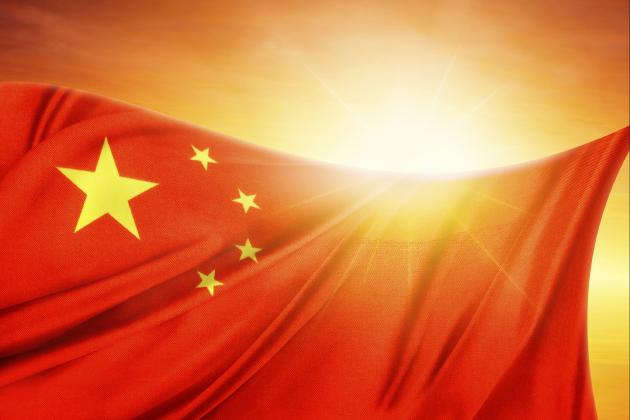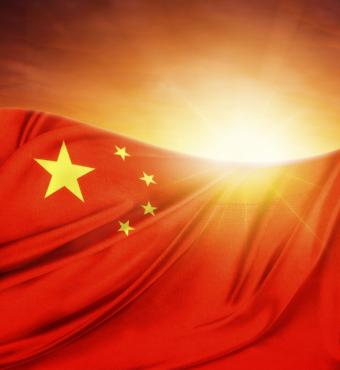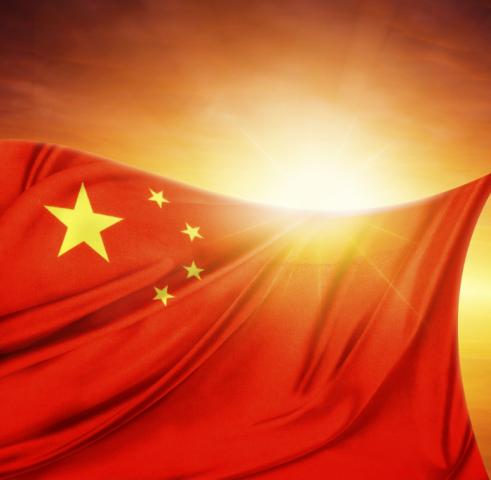- Economics
- History
- Politics, Institutions, and Public Opinion
There is clear concern today about rising risks in global financial markets, especially from what is judged by many to be a serious lack of leadership, experience and co-ordination among senior political leaders and financial technocrats in the world’s major countries. There is no shortage of information or miscellaneous daily studies focused on global economic and financial policies or on markets, but there does appear to be an absence of historical knowledge, trust, transparency and consistent efforts for cooperation in managing our diverse and complex global financial system. It is this system that institutions and investors must depend upon for a measure of good order and security in responding to a global crisis.
How effective might that response be? Given geopolitical complexities and the reality of global markets, a crisis might emerge suddenly from anywhere: rising US interest rates, a too-strong dollar, slowing world growth, slowing growth in China, a declining Renminbi, a sudden change in global capital flows, a calamity following a hard Brexit, a trade war that gets out of hand, cyber-attacks, or a real war. Can global leaders and institutions, as well as investors, act quickly enough and with sufficient authority to survive the next threat?
This paper seeks to establish the vital importance of maintaining the ability to cooperate in managing (or at least in avoiding) a crisis in our modern economic and financial system. This goal will require leadership and understanding of the history and evolution of our present global economic system. Also, add the fact that its evolution has been driven as much by private markets as by politicians and government officials. Future stress and crises will require some form of blended understanding and leadership of the kind we have seen from time to time over the last half century.
We live in a rapidly transforming world. Consider the range of challenging issues: migration, population diversity, revolutionary new technologies, environmental issues, cross-border linkages in trade, finance and security, demographic patterns that present a constant flow of future governance challenges, social media’s positive and perverse influences, and new geopolitical realities. History is an important, albeit incomplete, guide for meeting these challenges, because the past seven decades constitute the most successful period of growth and progress in modern history. This record was not accidental. As we face the future we will need to refine our evaluation of the past and accept that significant changes must be embraced for the future.
The most important feature of the international monetary system has been its ability to change, to absorb financial and economic shocks and to accommodate the rise of global financial markets. Each development carried the seeds of global upheaval, but all were overcome. Even the severe financial crisis of 2008 has been at least partially overcome, but the damage done in the years leading up to 2008 as well as in the aftermath of the crisis itself have left the global economy and financial markets unusually vulnerable.
When a devastated world turned to recovery and rebuilding after World War II, the United States led victorious and defeated nations alike in creating initiatives and institutions for a new and more orderly world. The United Nations, the Marshall Plan for Europe, the Bretton Woods institutions (World Bank and IMF) and both GATT and later the WTO formed the basis for moving forward into the second half of the 20th century. Recovery in Europe and Asia were clearly visible within five years.
When the Bretton Woods institutions were established in 1945, the IMF put in place a system of fixed exchange rates linked to the US dollar and the fixed price value of gold set at $35 per ounce. Governments and Central Banks were able to buy gold at this fixed price, and at that time the US held the bulk of the world’s supply of gold. By the 1960s, however, new challenges for the system emerged as leading European countries continued their postwar recovery. In the mid 1960s the US, the anchor of the Bretton Woods system, was dealing with a significant and growing balance of payments problem. In addition, the market price of gold rose to levels well above the official price of $35 per ounce, and foreign Central Banks were using a portion of their increasing reserves to buy gold directly from the US at the lower market price and valuing it or even selling it at the higher market price. US gold holdings were beginning to decline.
Attractive opportunities for US investment and tourism in Europe led to a vast supply of dollars building up in the hands of foreigners and non-resident Americans. These were the Euro dollars that heralded the beginning of the Eurobond and Eurocurrency markets of the 1960s and 1970s, which were largely unregulated offshore markets used by US corporations and non-US sovereign borrowers for short-term liquidity needs, long-term fixed-rate financing, and for the investment of excess liquidity.
As its balance of payments worsened, the US took the unusual step in the 1960s of closing its capital market to foreign borrowers by instituting the Interest Equalization Tax and imposing limitations on large capital outflows by US corporations to finance their foreign investments. Rising inflation, lower growth, extreme exchange-rate volatility and the demands on the US economy imposed by the Vietnam war led in 1971 to the Nixon administration formally severing the dollar/gold link and by 1973 ending the fixed exchange-rate system established by the Bretton Woods Agreement and managed by the IMF for three decades. This could have derailed the entire post war system with catastrophic results, but through sustained leadership and cooperation between governments and the IMF, the commitment to upholding reasonable order in global markets was maintained. The world made the transition to a new system of floating exchange rates without retaining a link to gold. This was the first test for the postwar financial system to sustain stability through strong leadership and cooperative action.
After the mid 1960s and into the early 1970s the Euro markets grew rapidly, diversifying into other currencies and accessed by a widening range of borrowers and investors. The Euro market remained a supranational, unregulated, offshore market, and an important new source of capital. This caused considerable concern for the still heavily regulated national markets of Europe, which in effect remained largely closed to financing by foreigners and cross-border investment capital flows. In most European, countries some form of capital and exchange rate controls were maintained until the mid 1970s and the US did not lift its own market-closing Interest Equalization Tax until 1973.
In December 1973, the OPEC countries, led by Saudi Arabia, suddenly introduced an approximately four-fold increase in the price of oil. Within a few months, world money flows had completely altered. The world was witnessing the largest ever shift in global liquid wealth and with it the beginning of a massive transformation of global markets and the world economy. Here was a new and major shock to the global system. The US and other industrial democracies, which had dominated the world economy for decades, experienced a sudden and severe recession. Liquidity moved quickly to the OPEC states. Saudi Arabia, for example, which had been regarded, despite its oil, as a poor desert Kingdom before 1974 began receiving hundreds of millions of dollars a week. In a few months, its foreign exchange reserves went from a few tens of millions of dollars to multiple billions, which sparked a major economic boom in the Kingdom.
By 1975, OPEC states could not simply place their new-found liquidity into leading international banks, because many banks felt they had enough risk exposure to OPEC states. Government bond markets, especially the US Treasury and Agency markets, expanded sharply. Some OPEC investors began turning to stock markets, but their main focus remained on maintaining liquidity to meet the rising investment demands for new infrastructure and modernization in their own economies.
The term “dollar recycling” came into popular use to capture the vast upheaval that was taking place in financial markets. Leading banks experienced a huge build-up in liquidity as loan demand declined in the recessionary atmosphere of their home markets. Hundreds turned to developing country markets to deploy their liquidity, lending to developing country governments, businesses and individuals at record levels and surprisingly low rates. Appetite for bank deposits among OPEC investors was targeted towards short maturities, which banks then put out on their books as medium or even long-term floating rate loans. This liquidity and low lending rates stoked widespread growth in the developing world, admittedly with a significant element of risk, which would emerge with a vengeance a few years later in the form of the Latin American debt crisis, threatening the stability of the global banking system in the 1980s.
The shock also extended to foreign exchange markets, which came under pressure as OPEC investors sought to protect the value of their dollar-denominated oil revenues from President Carter’s weakening dollar. Foreign exchange markets were still relatively narrow and illiquid. Meanwhile, investment activities that were initially conducted through official channels early in the period after the OPEC price increase gradually moved into the hands of private financial organizations as countries began deregulating home financial markets to attract global sources of capital.
Medium-term lending to large private global corporations and later the creation of fixed-income and equity portfolios managed by private institutions in each of the major currency markets became, by 1980, the major force in transforming the global markets we see today.
This history is vital to an understanding of the new political reality in the 1980s of truly global capital markets. In a few short years the original fixed exchange rate system established by the IMF and the narrow capital markets regulations maintained in many national governments were swept away by the rise of private global capital markets. New challenges emerged for cooperation between the world’s leading economies, none of which could ignore economic and market developments in this more integrated world. World trade in products and financial services exploded. Emerging market economies became a new and widely recognized reality. Supply chains became more complex and more multinational in scope.
The most important aspect of this history is that each step in this transformation was accomplished without destabilizing the global economy, largely because over the next 20 years leading up to the millennium, countries worked consistently and usually constructively to manage the regulation and functioning of global markets. When global trade and capital account imbalances among major economies in the 1980s began to threaten working relations between countries, leaders convened informally to discuss divisive issues that might destabilize markets. In the 1980s, the G-5 and the G-7 were activated by Finance Ministers and Central Bank Governors who sought to improve cooperation regarding macro-economic policies and to set up cooperative arrangements to intervene as necessary in exchange markets. Bilateral talks were also initiated in 1984 by the US with Japan aimed at opening Japan’s financial markets and making macro reforms that would promote a stronger Yen in world markets. Sectoral trade negotiations to address Japan’s outsized trade surplus were also introduced. Over time the G-5/7 meetings and the Yen/dollar talks promoted stronger growth in the surplus countries and a sense of trust among officials. Leadership in the major economies and international organizations contributed to a sense of order and cooperative action in global markets.
This growing sense of trust and willingness to engage in continuous dialogue on major economic issues was especially productive and reinforced the commitment of country leaders to work together to address world issues. These included macro-economic cooperation, including in foreign exchange markets; a decade of talks between the US and Japan on financial markets, trade and currency issues; the avoidance of a global financial calamity when the Soviet Union collapsed in 1991; the Brady Plan for resolving Latin America’s foreign debt crisis; the restructuring of Poland’s sovereign debt in 1991; the leadership of the US in forming the EBRD after the wall came down in Berlin and cooperative market-oriented efforts to develop eastern European economies; and finally US support for the formation of Europe’s single currency.
This history of accomplishment was clearly illustrated by the G-5’s successful efforts to address rising trade imbalances in the mid 1980s between Europe and Japan on the one hand and the United States on the other. In 1984, the US achieved growth exceeding 7%, up from approximately 0% growth in 1982. A radically strengthened dollar against European currencies and the Japanese Yen was drawing huge imports into the US and rendering the US manufacturing sector increasingly uncompetitive.
Several noteworthy accomplishments were achieved by cooperation in the G-5 and later G-7 in the mid- and late 1980s. The first was the Plaza Accord of September 1985. In the US, trade protectionism was on the rise. Support for protectionist legislation and higher tariffs took the form of a draft omnibus trade bill in Congress. The US and other members of the G-5 sought to resist the common threat of beggar-thy-neighbor currency policies and rising US tariffs on tradable goods. To this day there is a lack of understanding that the Plaza Accord was not just a currency intervention agreement among Central Banks to intervene in currency markets to depreciate an already declining US dollar. In fact, in the three months leading up to the Plaza, extensive private negotiations were carried out among the G-5 on a range of macro-economic policies and reforms aimed at enhancing growth in Europe and Japan, as well as achieving fiscal policy changes in the US. This was when the commitment of the US was made to its foreign partners that it would carry out what became the Reagan tax reform of 1986. The policy consensus achieved by all partners in the G-5 was the basis on which the Plaza currency intervention was carried out. By the late 1980s the troubling trade surplus with Germany was virtually eliminated and the surplus with Japan reduced by approximately two-thirds from its peak in the mid 1980s.
A second major accomplishment that required later G-5 / G-7 cooperation was the successful implementation of the Brady Plan for the Latin American debt crisis in 1989. Resolving the huge build-up of Latin American debt, which by 1988 was threatening the entire world banking system, had to be achieved on a global basis because the Latin American exposure of banks was spread widely throughout the developed world’s banks. US banks, for example, accounted for only approximately 32% of total Latin American risk, the balance being held by banks in the UK, Germany, France, Italy, Holland, Canada, Australia and Japan.
A third accomplishment was the creation of the European Bank for Reconstruction and Development (EBRD) which brought together the US with its traditional European allies in Europe and the newly liberated communist countries of Eastern Europe to establish a newly united, greater Europe of free and developing market economies.
Another accomplishment during these years was NAFTA, the North American Free Trade Agreement, negotiated in 1991-92 and implemented in 1993-94. Although attacked by President Trump as the worst trade deal ever, it has now been renegotiated, modernized and significantly improved for the United States.
Finally, in late 1991 as the Soviet Union was approaching default on its national debt, the Soviet Minister of Finance met with G-7 finance ministers in October 1991 to inform them that the Soviet Union would not be able to make payments on its debt after mid-November. In subsequent meetings and negotiations, mostly private in nature, the G-7 achieved agreement that the Soviet government, when the default occurred, would submit to a rescheduling of its debt with the countries of the Paris Club and in doing so Russia would also assume responsibility for all Soviet debt, rather than attempting to push debt back onto the individual Soviet Republics. This important outcome avoided what might have sparked a global markets crisis when the Soviet Union broke up at the end of that year.
Leadership during this period of extraordinary growth in the world economy was a shared responsibility led by the United States, which succeeded in helping global markets to evolve through the critical post Bretton Woods decades of the world economy. The prospect in the minds of investors of collective action under strong and experienced leadership brought an important sense of confidence to markets. There was a sense around the world that leaders had the full range of policy actions in their hands and would and could take action to provide reasonable prospects of market stability.
This confidence in leaders began to decline in the 1990s. The G-5 / G-7 gradually atrophied. The Economic Summits of Industrial Nations of the 1980s became political events dominated by politicians and heads of government. Not surprisingly, these became giant media events instead of working sessions on economic policy issues. The chance to include China in the G-5 at that time was missed. Instead the G-20 group was founded, an expanded replacement for the G-5, which has not proved to be effective. The single currency project in Europe in the 1990s was a further distraction, undermining the unity required for continued cooperation between G-5 / G-7 governments. The rise of China, which has never been a member of the G5, and the weakening of the United States as it entered the 21st century further undermined the perceived cohesion in world leadership, and these divisions have been reflected in the World Bank, the IMF, the WTO and other international organizations.
In the global financial crisis of 2008, joint action by the world’s leading central banks provided support and liquidity to the banking system during the first two years of the crisis. However, Heads of Government and finance ministers who would normally be looked to for fiscal actions and reforms supportive of monetary policies going forward did not step in as aggressively as in recessions of the past. Indeed, US Treasury authorities failed to take action to keep Lehman Brothers afloat after engineering the rescue of Bear Stearns a few months earlier. The panic intensified and spread to global markets. In the end, the result was that the economic recovery and the restoration of growth two years later was left in the hands of central bankers--unelected officials--even after the liquidity crisis had been overcome. For almost a decade the performance and stability of national economies and global markets remained in the collegial hands of the world’s central bankers, whose single dimensional policy of low, even negative, interest rates and intervention in government securities markets failed to restore sustained growth on the scale common in post-recession recoveries of the past. Market confidence became a daily function of central bank policies and pronouncements.
Now, ten years after the crisis of 2008, we hear many opinions that markets are significantly over-valued, potentially out of control, beyond the management of governments, and functioning in a very different world. Yet curiously, investors now seem to believe that governments have their backs, which will assure stable and orderly investment markets into the indefinite future. This is highly unlikely as things presently stand, because we have moved into a very different geopolitical world characterized by three rival political and economic powers, two of which seek to be dominant world powers. The US has permitted its leadership position to decline, and is not now the dominant force for cooperative efforts in global trade and financial markets. China is aggressively seeking new power, never having been a member of the G-5 or a world leader in trade and financial markets over the past century. Europe, admittedly an experienced player, is seeking wider recognition as a reserve currency aspirant while fighting its own battles to preserve European unity. The underlying consensus for trust and continuous effort for collective action among the key nucleus of major economic powers has effectively come to an end after declining for 20 years. It is hard, if not impossible, to sit back and assume that markets, even supported by Central Banks, will simply take care of themselves.
The leadership vacuum of the past two decades is now being filled by new, more aggressively populist and nationalistic leadership responding to new geopolitical, economic and technological realities. The leadership in China is defined by a lifetime autocrat. In the United States, President Trump has initiated a more US focused agenda which he laid out clearly in his 2016 election campaign and during his first two years in office. Europe, confronted by Brexit and internal division, seems paralyzed for the moment as it seeks unhappily to determine its own future position in the world. Leadership is back in fashion, not at all the same kind of leadership or personalities we observed in the last half of the American Century. This is the reality as the old, seemingly tired global leadership of the past is swept aside.
Perhaps the biggest leadership opportunity lost to the United States as it entered the new century was its failure to establish agreement with China on the need for a fresh global leadership dialogue, in effect a G-2 of the US and China. A few years earlier the G-7 had invited the Soviet Union into an associated membership, a so-called G-8, when in the 1980s the Soviet Union was already in economic decline with nothing like the economic prospects of China, which were clearly visible only a few years later. A relationship initiated with China by the US, then or later, would have been a recognition by the US of China’s future importance. It also might well have led to a more positive and cooperative US-China relationship today. This seems even more likely when one considers China’s overtures to the Obama Administration at the Sunnylands Summit in 2013 to try to create a special dialogue and working relationship with the United States. China understood at that time that it would have much to gain from closer relations with the US. Quite remarkably, the United States chose not to pursue this initiative. At the time China was confronting many of the economic challenges which today continue to evolve and create tensions between the two countries.
At that time, this could have produced a consultative dialogue away from the public eye and focused on each country’s future macro-economic challenges. An agreement that neither party would indulge in provocative public accusations of currency manipulation and unfair trade and investment policies would have been essential to long-term success. Over time, such an approach would have produced a better understanding of the upside potential for both countries during an important global transition period and the downside risks that have emerged in the absence of such an initiative. We should remember that in the previous 50 years, as skilled leaders successfully preserved the ability of world markets to function effectively, the process of establishing better understanding between countries was not always smooth and continuous. Growing capital flows and more open markets were themselves important forces for change, especially after 1975, and unless unexpectedly constrained will continue to be.
The Trump administration has been right to step back to review US global alliances and its multilateral relations in light of the decline in US global leadership over the past two decades, the most extended US recession in more than 50 years, job loss in America’s manufacturing sector and the mandate provided to President Trump by voters in the 2016 national election. There is no doubt that many foreign political and economic policies introduced by the new administration since 2016 have been positive for the United States. But some have been both harsh and damaging to traditional US relations around the world. Consider the list of shocks: withdrawal from the Asia free trade initiative and the Paris climate accord, new demands by the US on NATO, forcing a new NAFTA negotiation, and imposing tariffs on US traditional partners as well as on China (just to name a few). These were not carefully nuanced initiatives delivered in traditional diplomatic terms, but rather seemingly spontaneous Presidential announcements sometimes issued in aggressive language.
In recent months, however, there has been a change in tone. Once aggressive proposals have been modified, changed or even withdrawn. Tariff waivers have been issued, sanctions on certain countries modified, and rhetoric towards NATO partners and others softened. NAFTA has been renegotiated and agreed. Still, were we to have a new, more virulent financial crisis, perhaps a catastrophe, everyone would be a loser, especially China, and there would be no group of core countries today that trust each other enough to move quickly to put things back together again.
Thus, among a range of difficult options, the US has chosen to concentrate more aggressively on China. President Trump has begun what is likely to be the most effective approach to China. He understands that China is not exempt from the power of private markets, and he knows that China is aware of this same reality. He has confronted China with tariffs and valid charges of theft of US intellectual property and advanced technologies. These charges have been made unilaterally, thus avoiding the need to negotiate a watered-down concensus among divided US allies, all themselves affected by the same Chinese practices but lacking the confidence to take on the Chinese government. If President Trump succeeds in continuing steady pressure on China as its economy weakens, he is likely to eventually achieve greater unity among US allies and other affected nations. Pressure would have to be maintained on China for a lengthy period and US corporations, educational institutions and other public bodies would need to cooperate in the process. Soybean sales and other trade concessions should be taken as progress, but these breakthroughs are inadequate without effective engagement on technology, cyber-security and intellectual property issues.
US tolerance over many years of China’s predatory intellectual property policies, its aggressive regional security practices, and the mercantilist terms of entry for key US corporations investing in China has placed the US in a weakened position. Hopefully more intense scrutiny of China’s theft of US and other countries’ intellectual property and technologies has now begun in the US Government. The effort is long overdue.
How dangerous is this new confrontation? China shares with many countries an internal vulnerability to adverse developments in the global economy and world financial markets. In particular, slowing growth in China, the US, Europe and in many emerging country economies, where China has been a large investor, could present China with severely diminished prospects for its own domestic growth. China’s ambitious soft power initiatives in Central Asia, Africa and even Latin America could rapidly transform into unsustainable financial burdens and restless ‘neo-colonial’ liabilities. Debt levels in China are extremely high and rising. So are debt levels in China’s new dependencies around the world. Near-term adverse demographic challenges in China are severe and cannot be avoided. Currency weakness and resumed capital flight would be major threats to China, even in a modest global downturn. If the US were able to bring its major allies together on the basis of their shared vulnerabililties, China could be faced with the prospect of greater discipline in the WTO and possibly with an effort to seek its dismissal from the WTO, unless Beijing changes its trade and investment practices.
Already there are internal divisions in China, currently being suppressed, that place blame on Xi Jinping’s aggressive intellectual property policies, cyber-security ambitions and outsized global trade and investment policies for undermining relations with the US and stirring up aggressive American fears for future peace. Meanwhile, the US economy continues to grow, create jobs and impact the world economy, while China faces the challenge of maintaining its growth in the face of demographic stress and social transformation. A weakening currency, rising levels of debt, capital flight, demographic stress and uncertain fiscal and monetary policy challenges all lend themselves to constructive dialogue in a global economy that is vulnerable to general financial stress and disorder that could produce negative fall out for everyone, but especially for China.
Cleary the Trump Administration’s willingness to advance more aggressive policies has captured China’s attention. Progress is visible in trade negotiations. However, if the United States is to successfully advance its agenda on intellectual property and technology theft, cyber-security and general Chinese mercantilist policies, it will need to stay the course for lengthy and difficult negotiations. This is not the time to declare victory on the basis of a few trade breakthroughs that bring modest improvement to the US trade balance with China.
Taken all together, the possibility of a global markets crisis with no functioning nucleus of leading world powers that acting to retrieve the situation would pose an existential threat to China. Given this high-risk scenario, China should be open to establishing a private dialogue with the United States, provided that acceptable rules for such a dialogue could be mutually agreed and would recognize that dialogue is preferable to a larger global confrontation. If such a bilateral arrangement could be sustained, it might well evolve into a broader G-2 type of relationship, leading to a new restructured G-5/7 Group that would include China and India, and perhaps recognize changing realities in Europe post-Brexit. This outcome would be the best insurance any country could ask for in the event the crisis many expect in global markets were actually to descend upon the world.
Ambassador David Mulford is a distinguished visiting fellow at the Hoover Institution at Stanford University.







